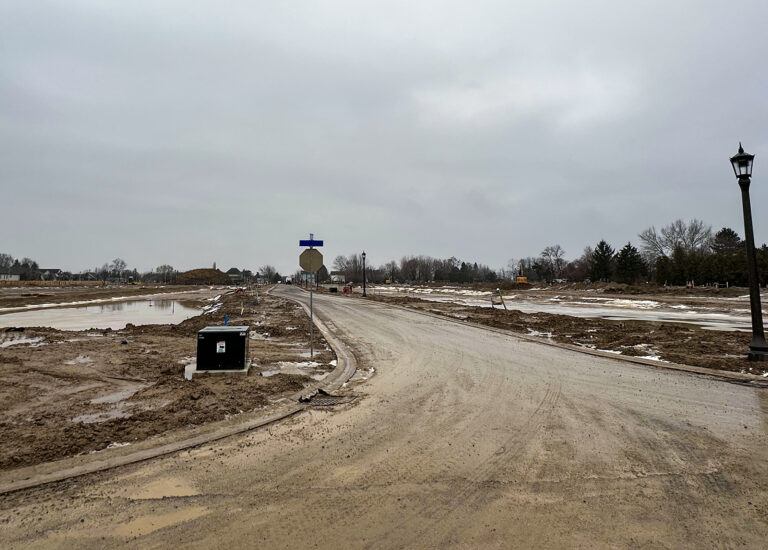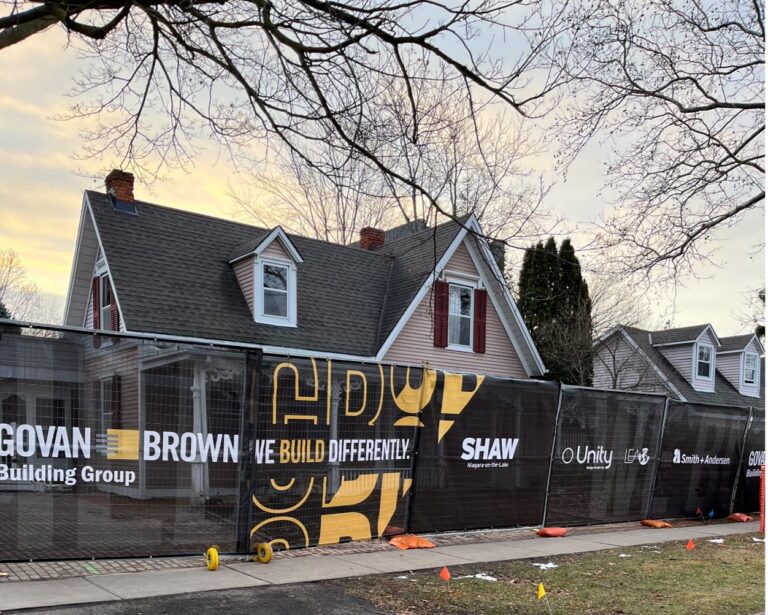Dear editor:
Last week, Allan Bisback suggested in these pages that “virtually every proposal is approved without challenge” (Lack of scrutiny in planning department approvals, Sept. 4). That statement is not accurate and not evidenced.
In defence of many of our councillors and staff, I would like to take this opportunity to explain how the planning process actually works. As Mr. Bisback, a former councillor, will know, every development application begins with a pre-consultation meeting, followed by studies, qualified peer reviews and circulation of the application to multiple agencies for their comments and input.
These include, but are not limited to, the Niagara Peninsula Conservation Authority, Niagara Escarpment Commission, Indigenous communities, the Region and the municipal heritage committee.
There is an open house, then a public meeting where residents can provide input — all before council even considers approval. In fact, no significant application is ever approved “as submitted.” Many are withdrawn, delayed or significantly altered along the way.
Some applications also face Ontario Land Tribunal (OLT) scrutiny. Under provincial law, council cannot reject an application that conforms to legislation and the town’s official plan without exposing taxpayers to costly and ultimately unsuccessful appeals.
Our professional planning staff are legally bound to evaluate applications against the Planning Act, provincial planning statements and growth plans. These are not guidelines — they are enforceable requirements. Ignoring them would be unlawful.
The claim that approvals automatically favour developers also ignores reality. Numerous applications have been modified to protect heritage, reduce building scale or incorporate sustainability measures.
These negotiated outcomes are a direct result of rigorous staff and council review. Several heritage-related projects, for instance, proceeded only with extensive conditions of approval. That is not “rubber-stamping” — that is responsible planning.
Regarding transparency, Mr. Bisback raises the issue now, but where was that transparency when he was budget chair? Between 2018 and 2022, the town went to 11 Ontario Land Tribunal trials and lost them all.
Millions of taxpayer dollars were spent, while only a small fraction was budgeted. The balance was quietly pulled from infrastructure — robbing residents of badly needed improvements to roads, sidewalks, culverts and drains. When put to the test at trial, our planning staff have been proven correct 100 per cent of the time.
Furthermore, legal counsel repeatedly warned council that some cases were unwinnable. In one instance, the town could not find a single planner to support its position, yet Mr. Bisback pushed to continue, wasting money and misleading residents. That financial mismanagement left this council with an infrastructure deficit we are only now beginning to repair.
Some might ask: wasn’t I on that council too? Yes, and I repeatedly opposed those poor, politically motivated decisions. I was outvoted. My opposition is well documented.
It is one thing to call for accountability today. It is another to ignore one’s own record. As the saying goes: beware the naked man offering you his shirt.
Niagara-on-the-Lake residents deserve the truth. The most effective way to protect our community’s interests is exactly what is happening now: completing the official plan so that it conforms with necessary legislation, expanding the heritage district, applying the law consistently, requiring modifications where necessary and making decisions that can withstand external scrutiny. That is fair, transparent and lawful planning.
Erwin Wiens
Deputy lord mayor










